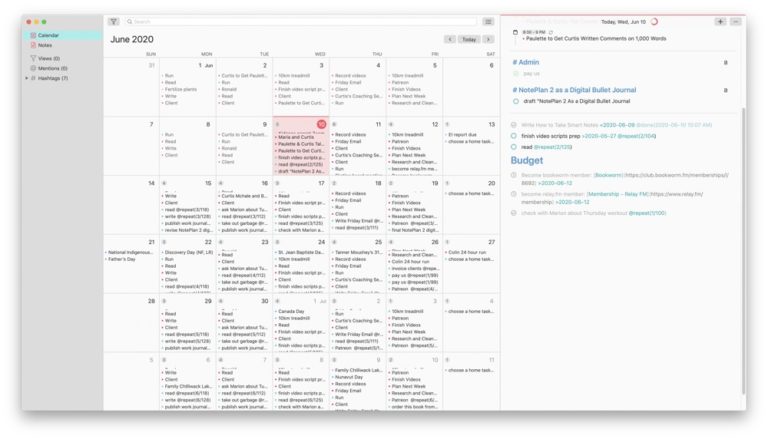
I captured way more inbox notes than I could or wanted to file into my ZK. About once a week I cleaned up my inbox.Īnd that’s where it started to crumble. I read an email which contained a feature request (for example), captured the summary in my words in my inbox, wrote a reply and went to the next message. I could capture inbox notes very rapidly.

What was the problem with this approach?Īt first, it worked well. This way it’s easy to search for them using the command bar ( CMD+J) and they appear sorted in the sidebar.įinally, I moved the inbox note (after renaming and linking it) into my ZK folder. I prepend all my ZK notes with an ID before the title like 12/2b - Block, Heading and Note References. For example, if the related note had the number 12/2a, I used 12/2b for the new note. When I found a related note I derived a ZK ID number from it which I could assign to the new note coming in from the inbox. The process looked like this: I opened the inbox folder, read the first note and searched for ZK notes which were related to it. This meant filing them into my ZK folders or deleting them (rarely) if they were irrelevant or already captured.

Then I took some time out of my schedule to process all inbox notes. I’ve tried to capture every bug report and feature request first inside an inbox folder in NotePlan if they contained new information. I’m trying my best to keep up with replies while balancing other tasks. Users share bug reports, feature requests, questions and more daily. My main activity besides coding is to talk to users (of NotePlan) - mostly through email, Discord or Reddit. In this article I will share my findings. I’ve made a couple of mistakes, understood where ZK becomes really helpful and tweaked my system to make use of its strengths. When I read books, articles or have some non-work ideas I also capture them in my ZK. I’ve been using Zettelkasten (ZK) for a while to help me build NotePlan and for my personal note-taking. NotePlan Blog What I've Learned from my Zettelkasten Experiment


 0 kommentar(er)
0 kommentar(er)
